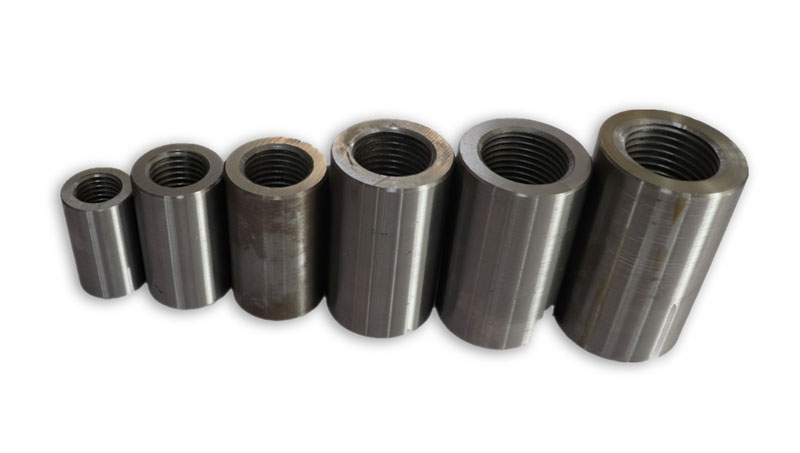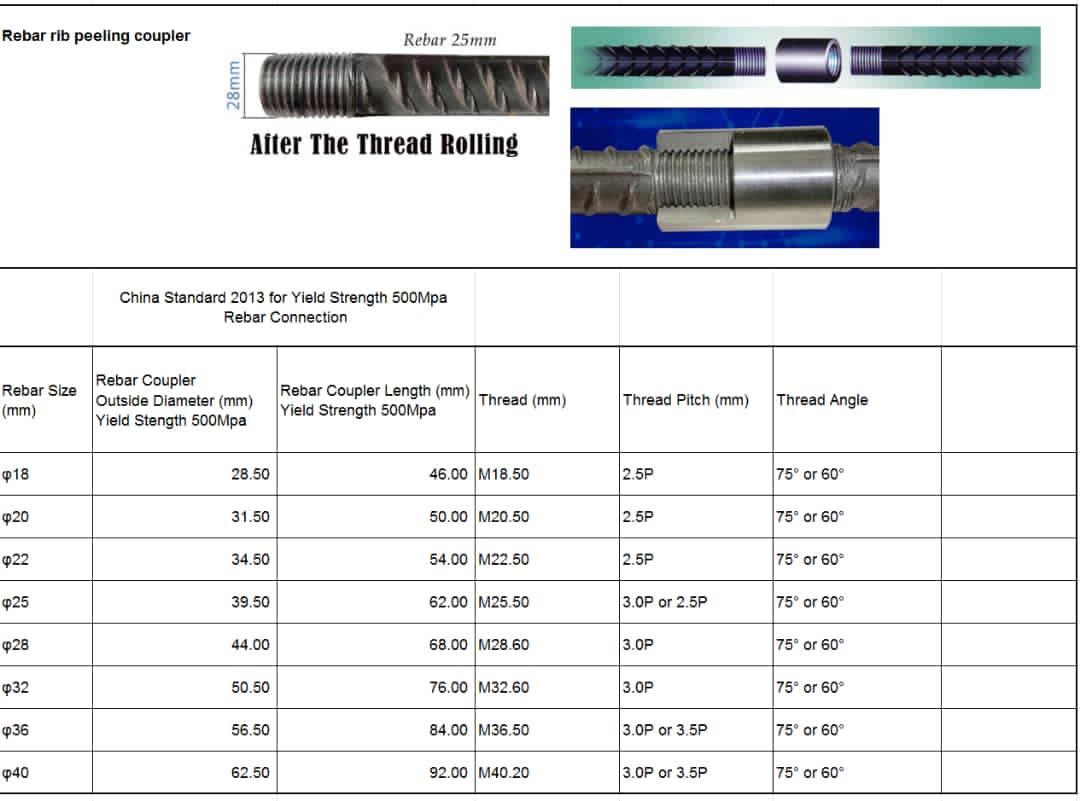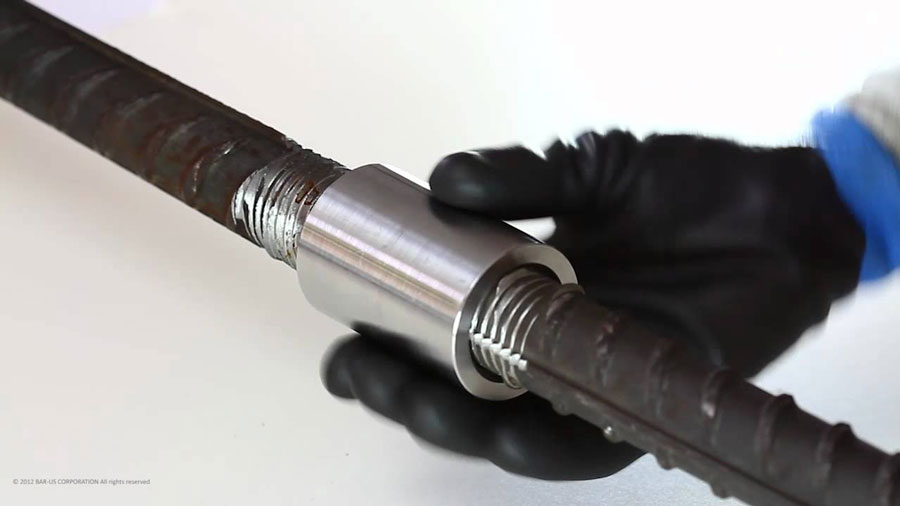Mechanical Splicing ( Couplers )
Building Code Requirements for Masonry Construction require longer lap lengths in some places. Our splicing service resolves this difficulty by overlapping two steel bars and then tying the lapped portion together
There are three approved methods of rebar connections
(Joint by overlap, which is the common one – welding fitting – mechanical cable coupling)
Why and when to use the mechanical coupling:
- Provide the length of the signal link, which may reach 2 meters in large diameters
- Lack of waste in the skewers due to the use of all lengths of iron.
- Reducing the interference in the steel bars and maintaining the percentage of iron in the column according to the American code. The iron percentage should not exceed 8%, and then the maximum iron percentage should not exceed 4%, where we have 4% signal connections (4% column iron + 4% iron iron).
- It is characterized by its ease of joining with welding because of the technical and skilled labor it needs that are not always available and the requirement that there is a certain type of iron that can be welded.

Specifications:


